Point Topic Backs Smaller ISPs to Fix UK Rural Superfast Broadband Woes
Q2. The government has also revised its target and now aims to reach 95% of the country with a fixed line superfast broadband service by 2017 (99% by 2018 when mobile broadband and other wireless services are considered).
Meanwhile Europe’s Digital Agenda still wants 100% to have access to superfast connectivity by 2020. Do you think the UK’s new 2017 target will be achievable or is it just a pre-election gimmick?
ANSWER:
95% by 2017 should certainly be achievable and is also desirable. If it’s not achieved those in power will need a good excuse. Yes, it’s a distraction from not achieving 90% by 2015.
In fact, with the inclusion of FWA, mobile and satellite in the metrics the targets can in some senses said to have already been achieved. However satellite is currently suffering from capacity issues, the 4G roll-out is slower than the government would like and with no meaningful service level agreement can not yet be said to provide a reasonable option and local operators are only now able to access enough capital to make realistic plans, The edges of the UK are likely to achieve the stated objectives but by that time they will be significantly behind the services on offer in more commercially attractive parts of the UK.
Q3. The UK has repeatedly said that it wants us to have the “best superfast broadband network in Europe by 2015” (general reference to speed as well as affordability etc.), which is arguably more of a comparison between the UK and other major EU markets like Germany, France and Spain than the whole of Europe. But just what can we expect “best” to actually mean?
ANSWER:
There are endless ways of saying what’s best in something as complex as broadband; greatest coverage, lowest price, best quality (which is a minefield in itself) etc. In fact the UK is a lot better placed in broadband than most people realise, soaked as they are by the “ain’t it awful” propaganda which our media spew out. So it shouldn’t have any difficulty in beating France, Spain and Italy.
Germany will probably have better coverage and quality than us but then it may be possible to beat them on price – particularly if direct comparisons are used rather than purchasing power parity. If the competition is opened up to smaller countries the picture is different. We should easily beat Poland and Romania too – although the FTTH Council wouldn’t say so – but the Netherlands, eighth biggest country in the EU, already has virtually 100% superfast coverage, a wide choice of technologies etc etc.
Q4. So far most of the approach to deploying faster broadband in the UK has focused on hybrid-fibre services like BT’s FTTC (VDSL2) and improving Virgin Media’s cable (DOCSIS/EuroDOCSIS) platform.
Many regard the above as being the most affordable and quickest way to deploy faster connectivity (i.e. reusing some of the existing infrastructure). Future advancements like G.Fast, Vectoring, FTTdp and DOCSIS3.1 could also extend the performance even further.
But others maintain that we should instead be looking further towards the future, with an eye on a longer term investment, by bringing true fibre optic lines to every home and business (FTTH/P). What are your thoughts on this solution?
ANSWER:
“Many regard the above as being the most affordable and quickest way to deploy faster connectivity.” You’re darn right it is. For a simple comparison, the FTTH Council reckons it will take €200bn to complete the coverage of Europe with superfast broadband using FTTH (which is often FTTP actually). Point Topic reckons it will take €80bn using an FTTC (VDSL2) led approach. FTTC is well adequate for the needs of the teens, specially with the enhancements you mention. Which do you think the public will prefer – waiting until the twenties to get a super-duper connection because the budget has run out or getting something they need now? Which can be upgraded to super-duper in the twenties anyhow? What are the politicians bound to back in the end, with good reason?
In the long term a direct transfer to an end to end fibre solution would be cheaper. However given the cycle of political and C level directors lives it is unlikely that such a decision would be taken. In light of the significant reduction in the Connecting Europe Fund in the upcoming EU budget (2014-2020) and the wariness that accompanies political interference in carefully constructed competitive markets the signals from elected officials are that they expect the privatised telcos throughout Europe to run their companies with their shareholders interest in mind. Those interests are best served by balancing medium to long term returns against short term expenditure in a collection of capital poor organisations. The cost of borrowing is too high to allow any other course than the gradual upgrade of the networks.
Q5. Similarly BT recently started deploying a new FTTP-on-Demand (FoD) service, which will soon be made available to any FTTC capable line and effectively replaces this with an ultrafast fibre optic connection. But, unlike a normal FTTP/H service, FoD requires the end-user to pay for the fibre line to be dug and in some areas that could run into thousands of pounds. How important is this product to the wider market and do you expect it to have a big impact?
ANSWER:
This is a good move by BT but we wouldn’t classify as broadband which we define as a product at a mass-market price point (among other things of course). We don’t see it as gaining much take-up but it will give BT useful experience and help to finance some of the infrastructure for mass market FTTH eventually.
It’s also a way of measuring demand. If businesses (and in a few years the consumer) really want the bandwidth they’ll eventually pay for it. Once the recovery tipping point is seen as being passed we will see lower prices for connections. This is a common ‘demand dam’ seen in many broadband markets around the world over the years.
Mark is a professional technology writer, IT consultant and computer engineer from Dorset (England), he also founded ISPreview in 1999 and enjoys analysing the latest telecoms and broadband developments. Find me on X (Twitter), Mastodon, Facebook and Linkedin.
Latest UK ISP News
- FTTP (5530)
- BT (3518)
- Politics (2542)
- Openreach (2298)
- Business (2266)
- Building Digital UK (2247)
- FTTC (2045)
- Mobile Broadband (1977)
- Statistics (1790)
- 4G (1668)
- Virgin Media (1621)
- Ofcom Regulation (1465)
- Fibre Optic (1396)
- Wireless Internet (1391)
- FTTH (1382)

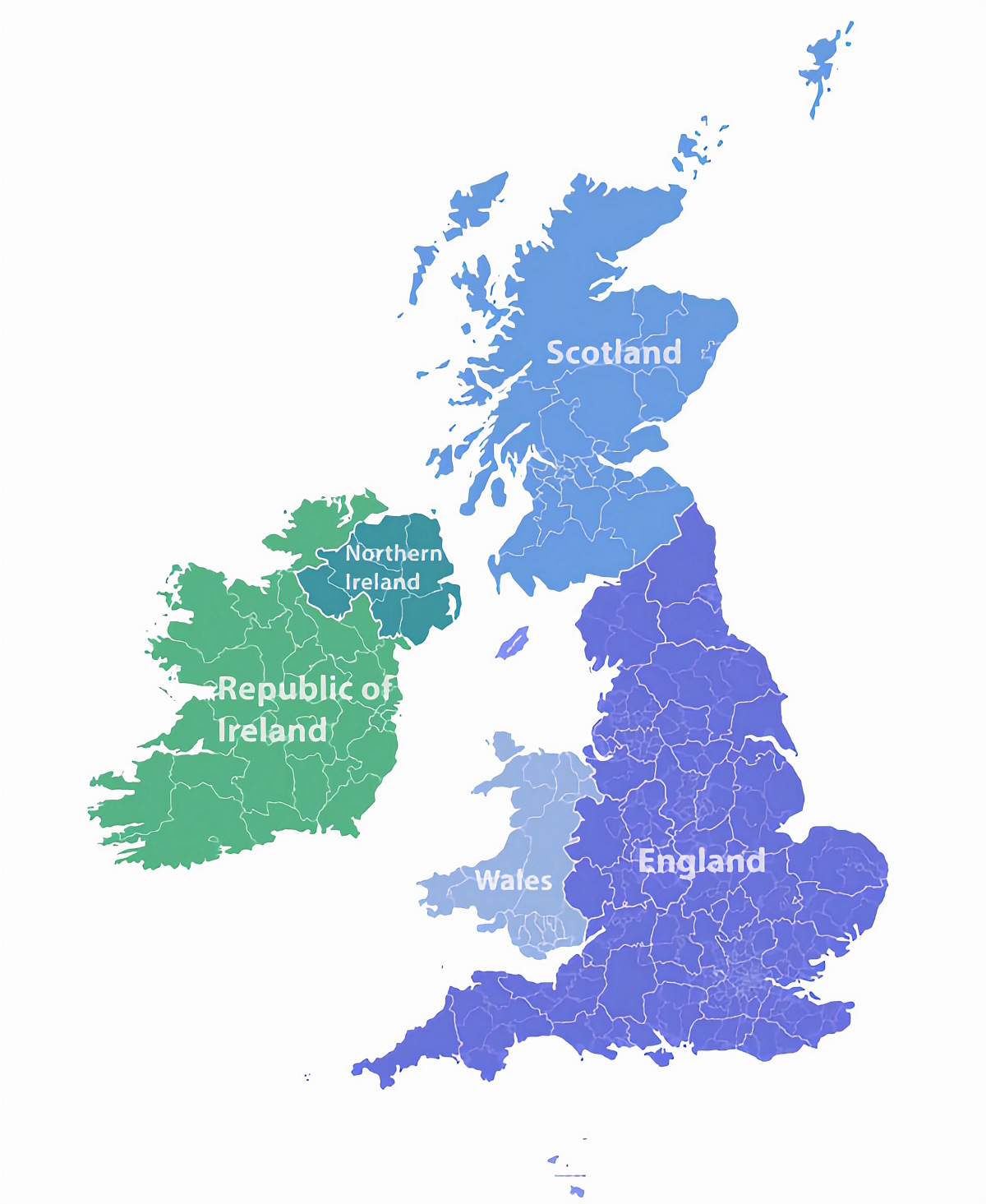
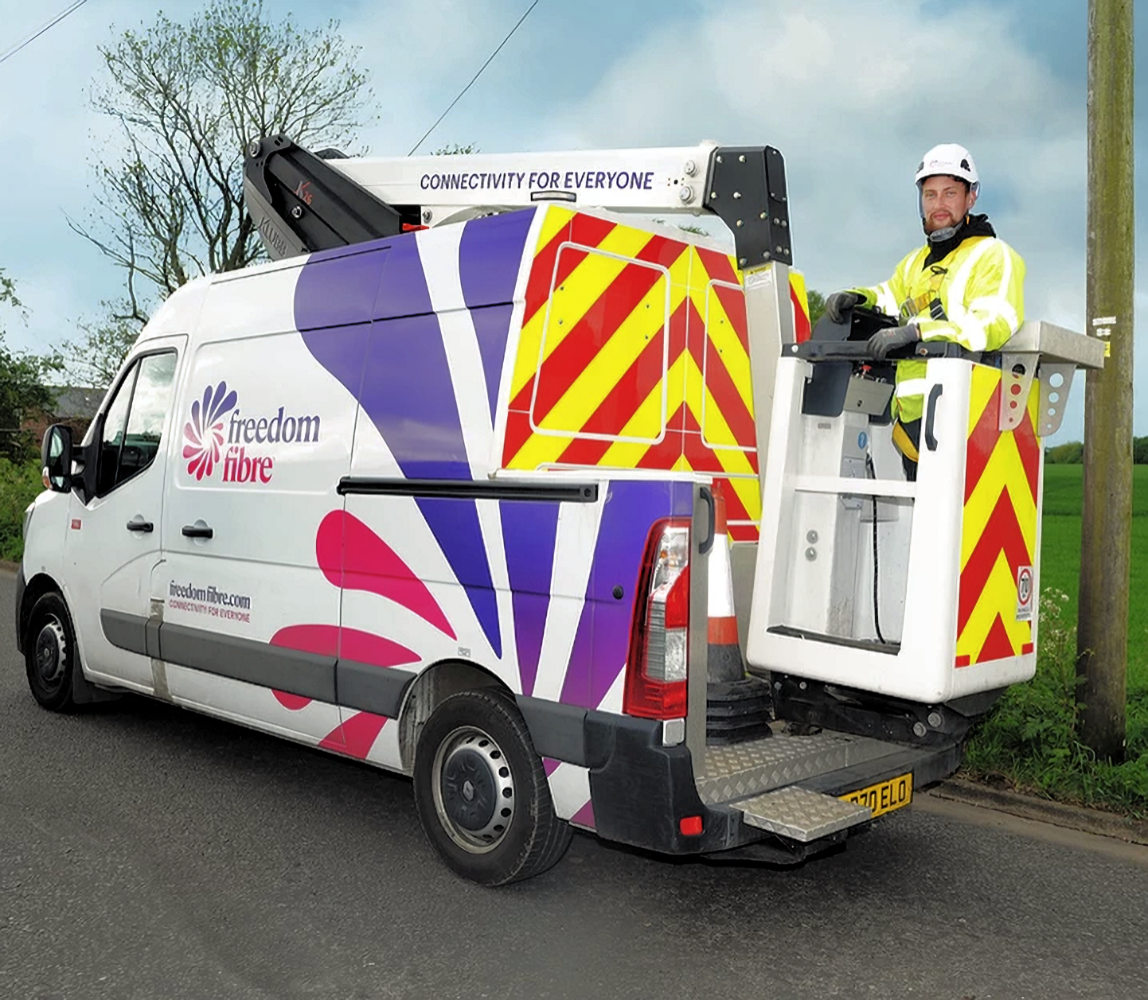

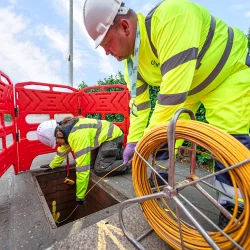
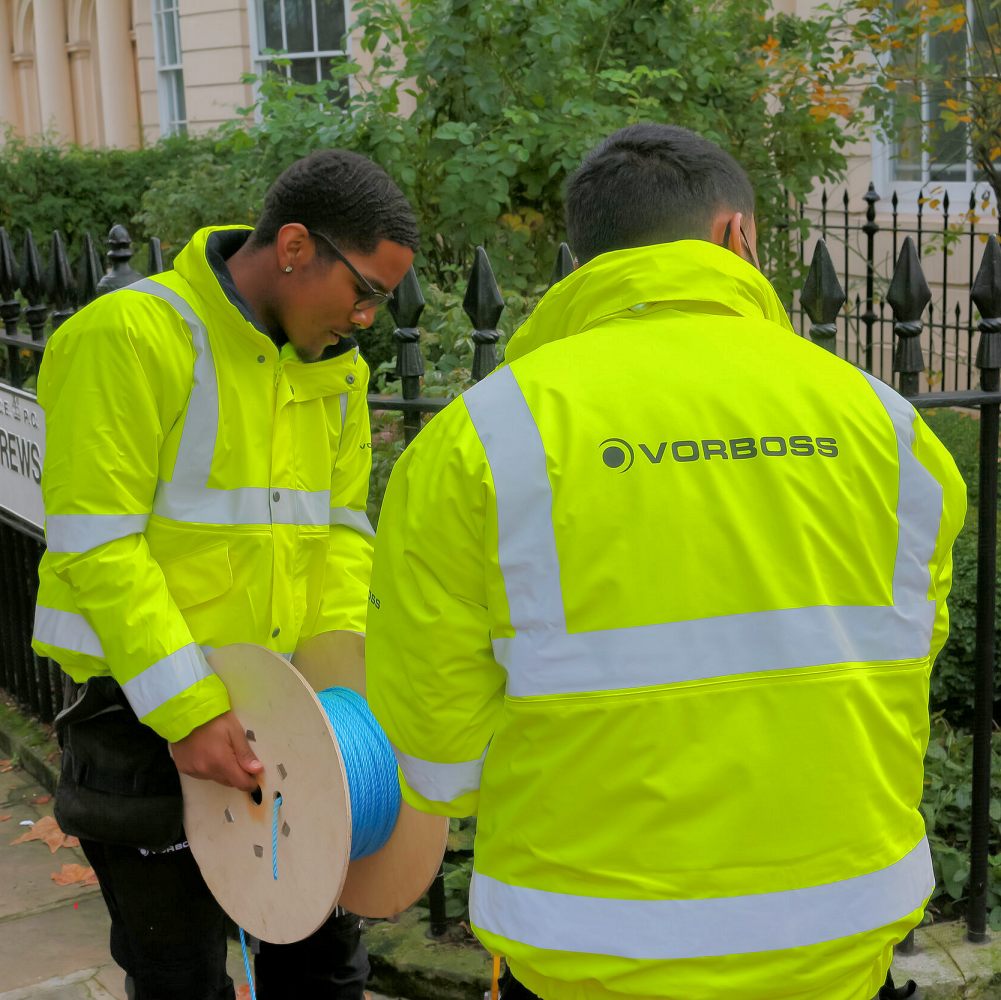



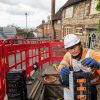







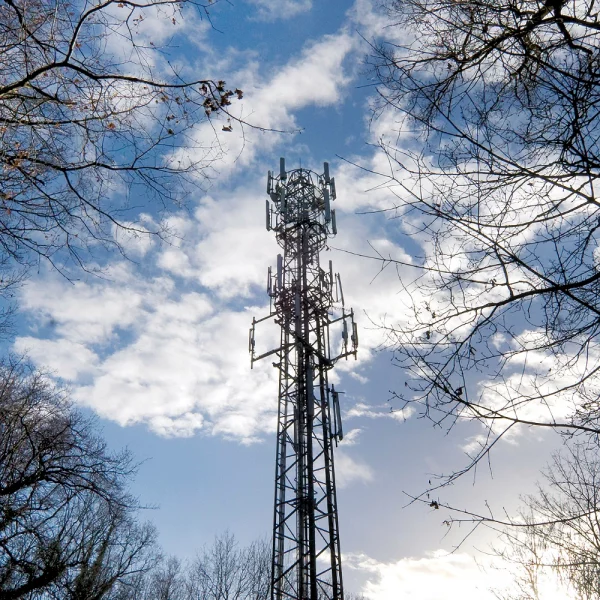
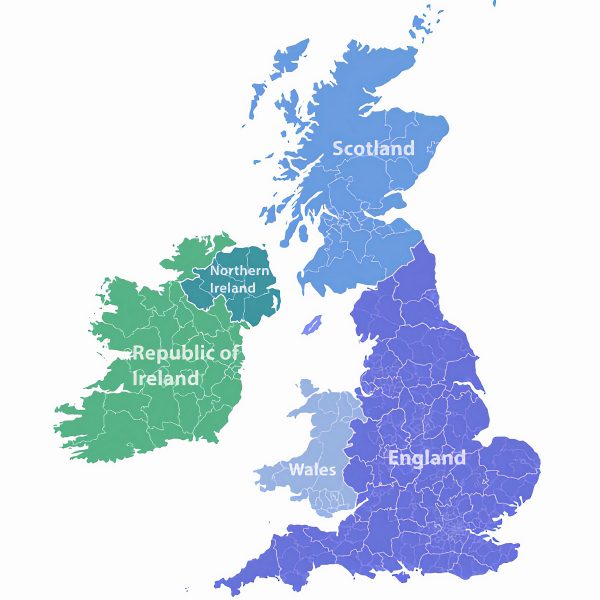
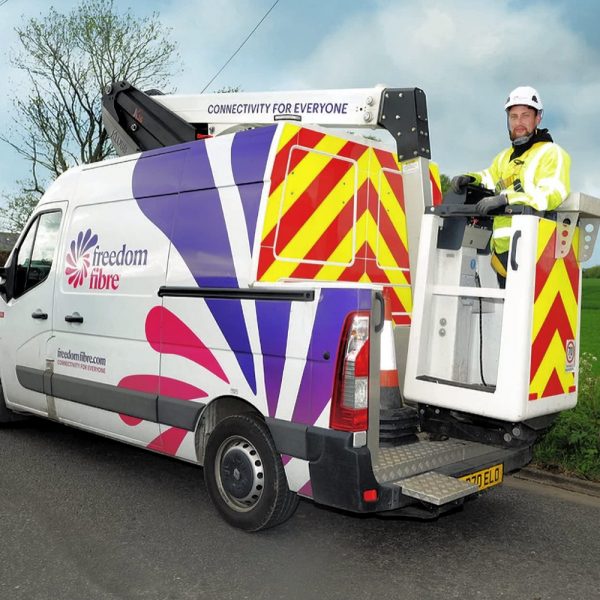




































Comments are closed